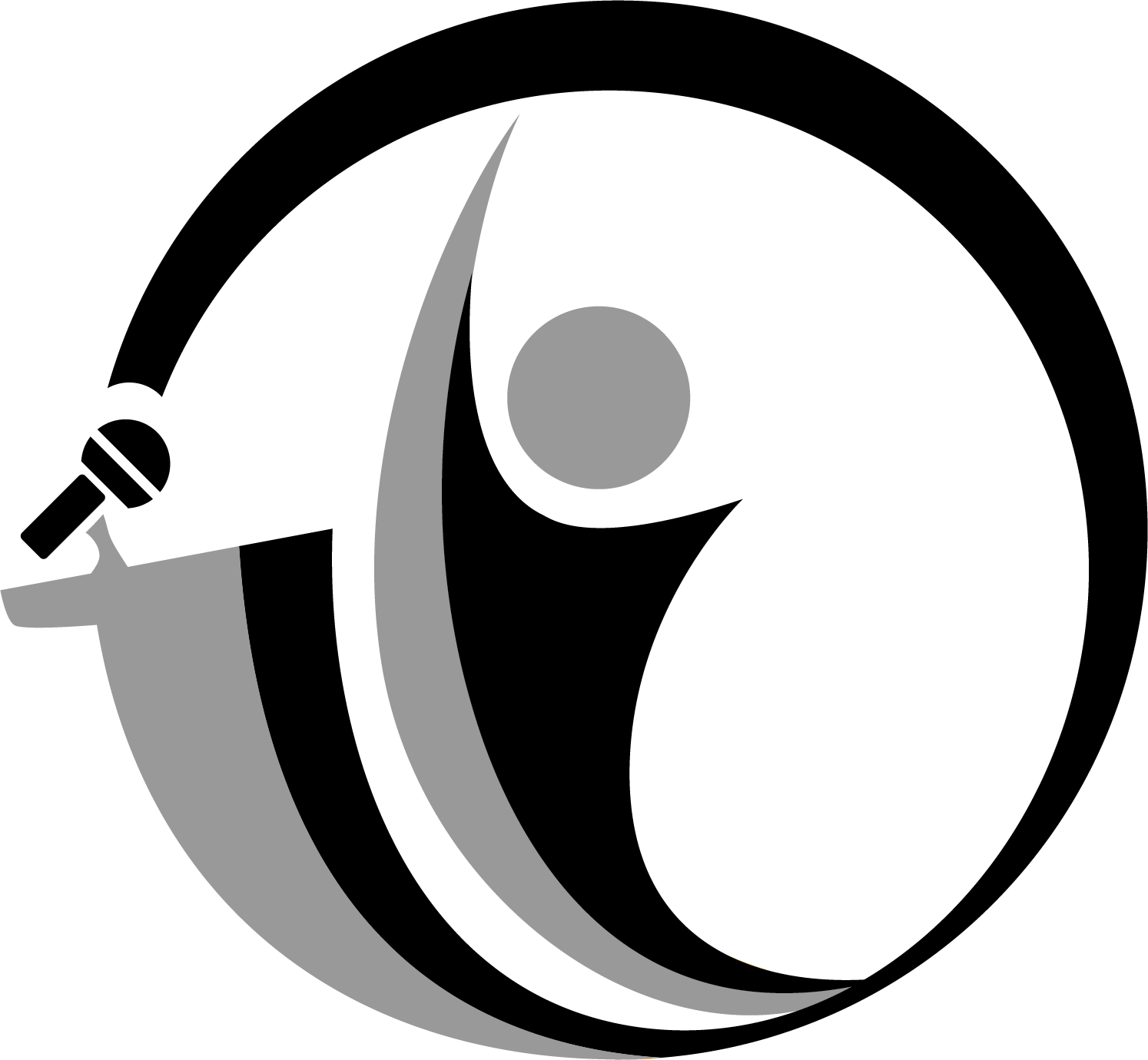Problem Solving: Asking Questions to Unstick your Mind
During my novice year of competitive debate, I relied on preparation alone. During one round, I leaned across the table and asked my debate partner if she would pull out our DFW sourcebook. Slowly, she turned her head to meet my gaze. Our eyes locked. Oh no. Her next sentence dissipated what little confidence existed within me. She assumed I had printed out the sourcebook. I panicked. How on earth was I supposed to debate a case without pre-prepared research? Engrossed in terror, I failed to problem solve and we handily lost the round.
What is the moral of this story? Your mind is your most valuable tool. Preparation is handy but not always available to use. Speakers bring their mind everywhere; if they learn how to use it, they will never be at a loss for words.
First: UNDERSTAND THE INFORMATION AT HAND
Understanding information is built off of rephrasing information. Between the combination of in-round nerves and a bombardment of new concepts, it can be difficult to process data. However, with a bit of practice, the ability will grow to be second nature. In a classroom setting, it is unwise to copy the lecturer’s notes verbatim. Similarly during a round, one must first rephrase information into their own words. Competitors should speak the way that they think. Successfully rephrasing information is contingent upon an individual’s willingness to take the time to rephrase information. As stated by Dr. Paul and Dr. Elder in The Thinker's Guide to The Art of Socratic Questioning (2016), “Good thinking usually takes time. Give yourself time... to think through what is being said. Be prepared to say things like, ‘I need a moment to think that through’” (pg 59). If one can explain to themselves why the information is pertinent, they will have something worthwhile to say to their audience.
Second: FIND A FOCUS
Once rephrased, the next step is to find a focus. When sorting through ideas, a focus is used to establish meaning and connection between thoughts. Just like a doctor takes an array of symptoms and funnels them into an underlying malady, a thinker takes an array of information and focuses them into an underlying idea. What is the main idea? To find a focus, one must “eliminate the ambiguity of words” and ask themselves specific questions (Kallet, 2014, p. 28-32). Dr. Paul and Dr. Elder (2016) illuminate four questions used to find the focus:
“What is our central aim or task in this line of thought?” (p. 7)
“What are we trying to accomplish here?” (p. 7)
“What is the main idea you are using in your reasoning? (p. 8)
“Could you explain that idea?” (p. 8)
These questions not only tie points together, but open the door to deeper understanding of content.
Third: ORGANIZE BY STANDARDS
Finally, the information should be organized by a set of standards. From its ancient origins, critical thinking is translated as “discerning judgment based on standards” (Paul & Elder, 2016, p. 71). In order for information to be organized critically, standards must be set. Furthermore, standards are used to weigh whether or not a point is worth speaking about; they are equivalent to a pre-screening process. In A Miniature Guide to Critical Thinking, several standards are outlined.
Relevance: “Does that relate to the problem?” (Paul & Elder, 2006). Relevance gauges if the topic pertains to the focus. If a point does not relate to the problem at hand, then it is not worth a second more of brainpower.
Significance: “Which of these facts are most important?” (Paul & Elder, 2006). Significance should be used to prioritize points. If there is limited speaking time, significance rules out tangents.
Logic: “Does all this make sense together?” (Paul & Elder, 2006). Logic quickly exposes biased or irrational conclusions. If the information does not fit under the focus (the underlying idea), then it will not lead to a logical conclusion.
Fairness: “Am I sympathetically representing the viewpoints of others?” (Paul & Elder, 2006). Fairness places a holistic lens over the picture. It is vital to consider multiple perspectives, as a seemingly innocent bias can pull the rug from under an argument.
When asking these four questions, competitors successfully organize their thoughts in a balanced manner.
Knowing how to think will apply to a broad collection of competitive scenarios. Even in the heat of a round, competitors can still take the time to stop and problem solve. The process of rephrasing information, formulating a focus, and setting standards is an essential tool in the competitor’s toolbox. There is a way to prevent being lost, confused, and mortified during a less than ideal situation: it is called problem solving.
References
Kallet, M. (2014). Think smarter: Critical thinking to improve problem-solving and
decision-making skills. Hoboken, NJ: Wiley.
Paul, R., & Elder, L. (2006). The Miniature Guide to Critical Thinking. Retrieved 2020, from
http://files.ocmboces.org/PBL_resources/SignificantContent/Critical%20Thinking%20Concepts_Tools.pdf
Paul, R., & Elder, L. (2016). The thinker's guide to the art of Socratic questioning: Based on
critical thinking concepts & tools. Tomales, CA: Foundation for Critical Thinking.

